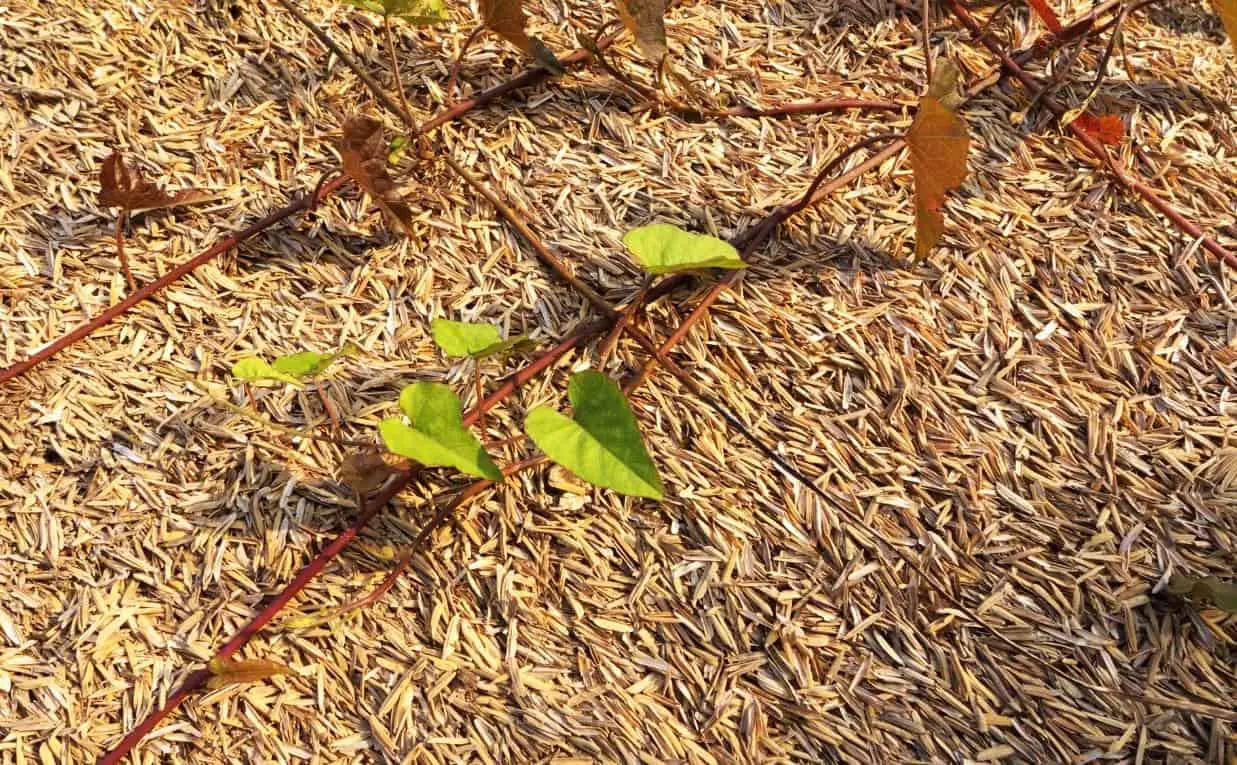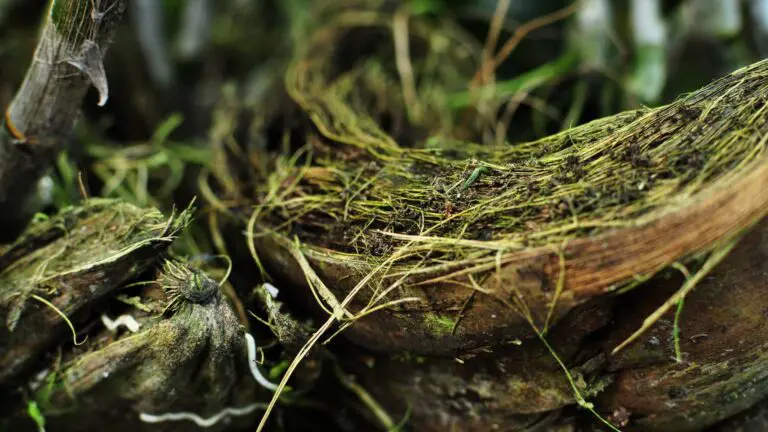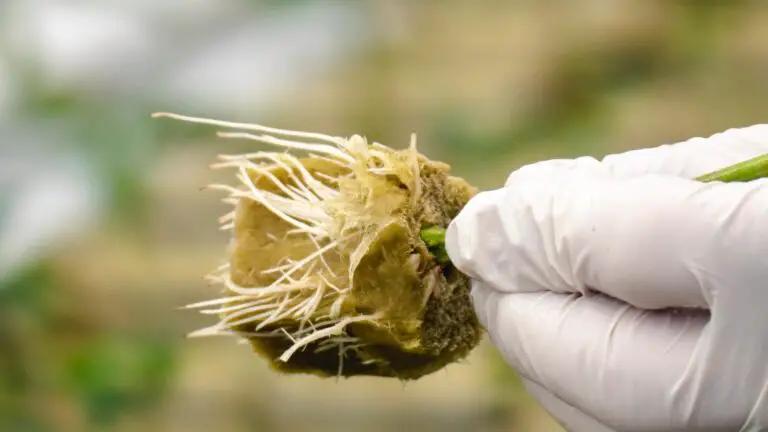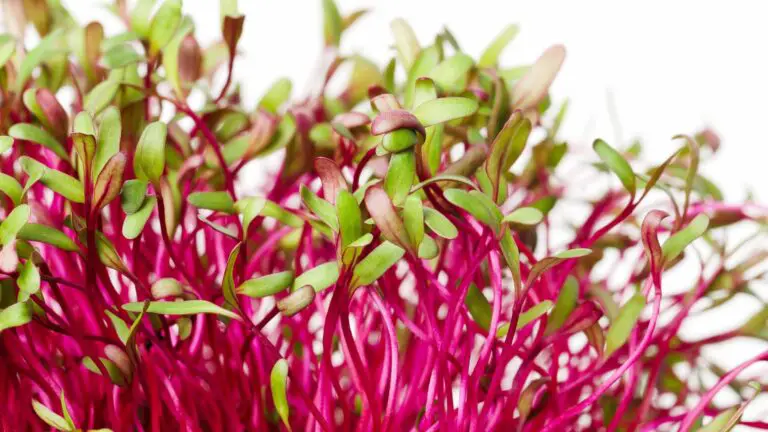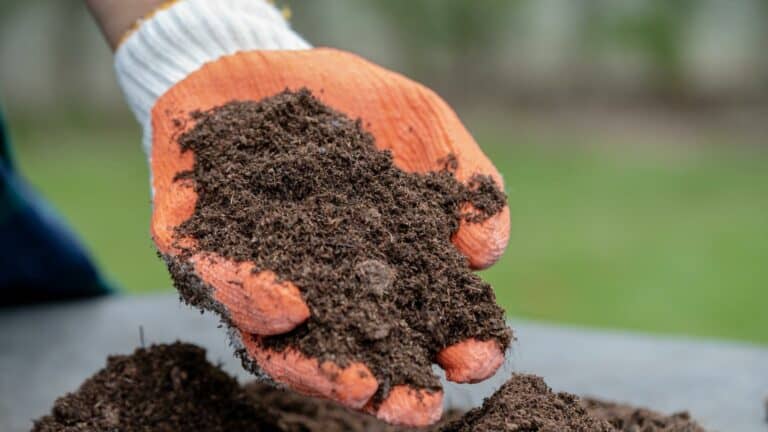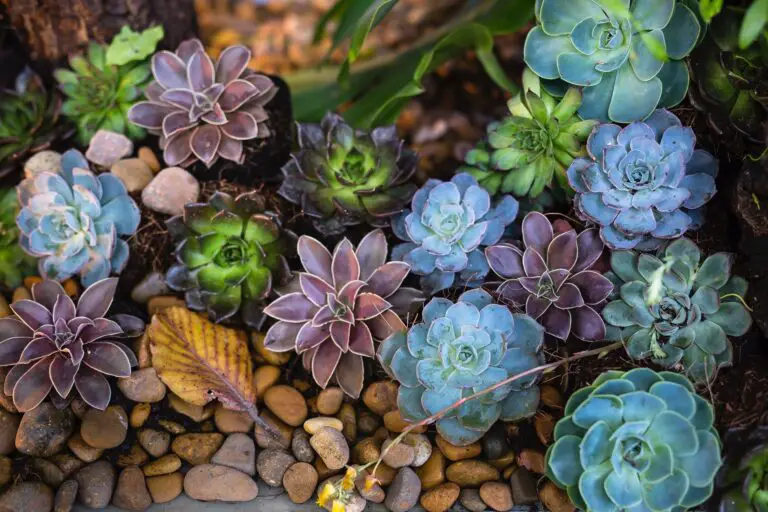How to Use Rice Hulls as Mulch in Hydroponics?
Disclosure: Your purchases through our links may earn us a small commission, supporting our site’s ability to provide valuable information to our readers. Rest assured, it won’t impact your price. Thank you for your support.
If you’re looking for a natural and sustainable way to mulch your hydroponic garden, rice hulls may be the perfect solution!
This article will discuss how to use rice hulls as mulch in hydroponics and provide some tips on how to get the most out of this sustainable resource!
What Are Rice Hulls, and How to Get Them?
Rice hulls are the hard, outer shells of rice grains. They can be either black or brown and are relatively lightweight and porous. It is a by-product of rice milling, and they make great mulch because they are lightweight, absorbent, and slow to decompose.It is used for many purposes.
Rice hulls make excellent hydroponic growing medium as well. You can find rice hulls at many gardening stores or order them online. If you have a local rice mill, they may also be able to sell you rice hulls by the bag or truckload!
If you are looking to buy rice hulls as the growing medium click this link to select the suitable one for your garden..
How to Use Rice Hulls as Mulch in Your Hydroponics System?
Rice hulls can be used as mulch in your hydroponics system to help retain moisture and regulate soil temperature. You can also use carbonized rice hulls, which are rice hulls that have been treated at high temperatures, to create a charcoal-like material.
Here are some tips on how to get the most out of rice hulls as mulch
- Use a thick layer (one or two inches in general) of rice hulls to insulate and protect plants from extreme temperatures.
- Mix rice hulls with other types of mulch to create a custom blend that meets your needs.
- Apply rice hulls around the base of plants, avoiding contact with stems and leaves.
- Water regularly to keep rice hulls from blowing away.
- If using a recirculating system, clean your pump and filters regularly, as rice hulls can clog them up.
- Keep an eye on the pH of your water, as rice hulls can raise the pH level
Now that you know a little more about using rice hulls as mulch let’s look at some of the benefits and drawbacks of this sustainable gardening method.
What Are the Pros and Cons of Using Rice Hulls as Mulch?
The benefits/pros of using rice hulls as mulch are:
- They are an inexpensive
- Readily available resource.
- They are a sustainable resource.
- They help to retain moisture and regulate soil temperature.
- They can also help improve drainage in your garden
- They can help in reducing weeds.
- They can help to raise the pH level of your water.
However, susceptible to a few drawbacks that you have to keep in mind when using rice hulls as mulch.
The disadvantages/cons that can occur when employing rice hull mulch:
They can clog up pumps and filters in recirculating systems.
As they break down quickly, you will need to replace them more often than other types of mulch.
Rice hulls can harbor pests and diseases, so it’s essential to inspect them carefully before using them in your garden.
Which Crops Benefit from Using Rice Hulls as Mulch?
Rice hulls as mulch in hydroponics systems to help improve drainage and regulate soil temperature.
However, they are most beneficial to crops that prefer cooler temperatures, such as lettuce and other leafy greens.
If you are growing crops that prefer warmer temperatures, such as tomatoes, peppers, and eggplants, you may want to consider using another type of mulch.
Bottom Line
When appropriately used, rice hulls can be a great way to mulch your hydroponic garden and improve plant health.
This blog post discussed how to use rice hulls as mulch, the benefits and drawbacks, and some tips on getting the most out of this resource. Keep these tips in mind to get the most out of this sustainable resource!
We hope this article was helpful. Do you have any tips on using rice hulls as mulch in hydroponics? Please share them with us in the comments below!
Thank you for reading!
Also, read:
10 Characteristics of Ideal Hydroponic Growing Medium
What Are the Best Growing Mediums to Grow Microgreens In Hydroponics?
Pros and Cons of Drip Hydroponic System

